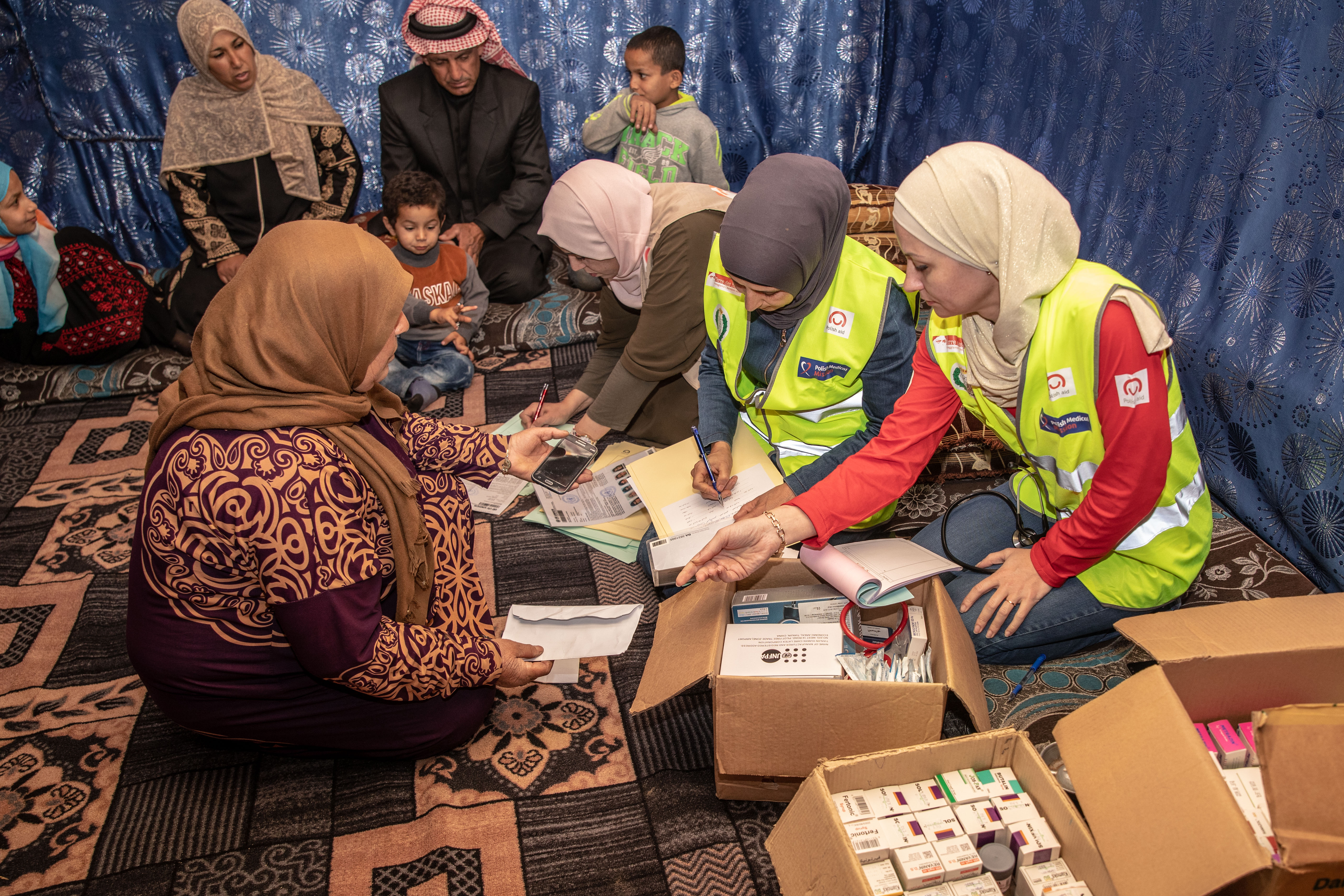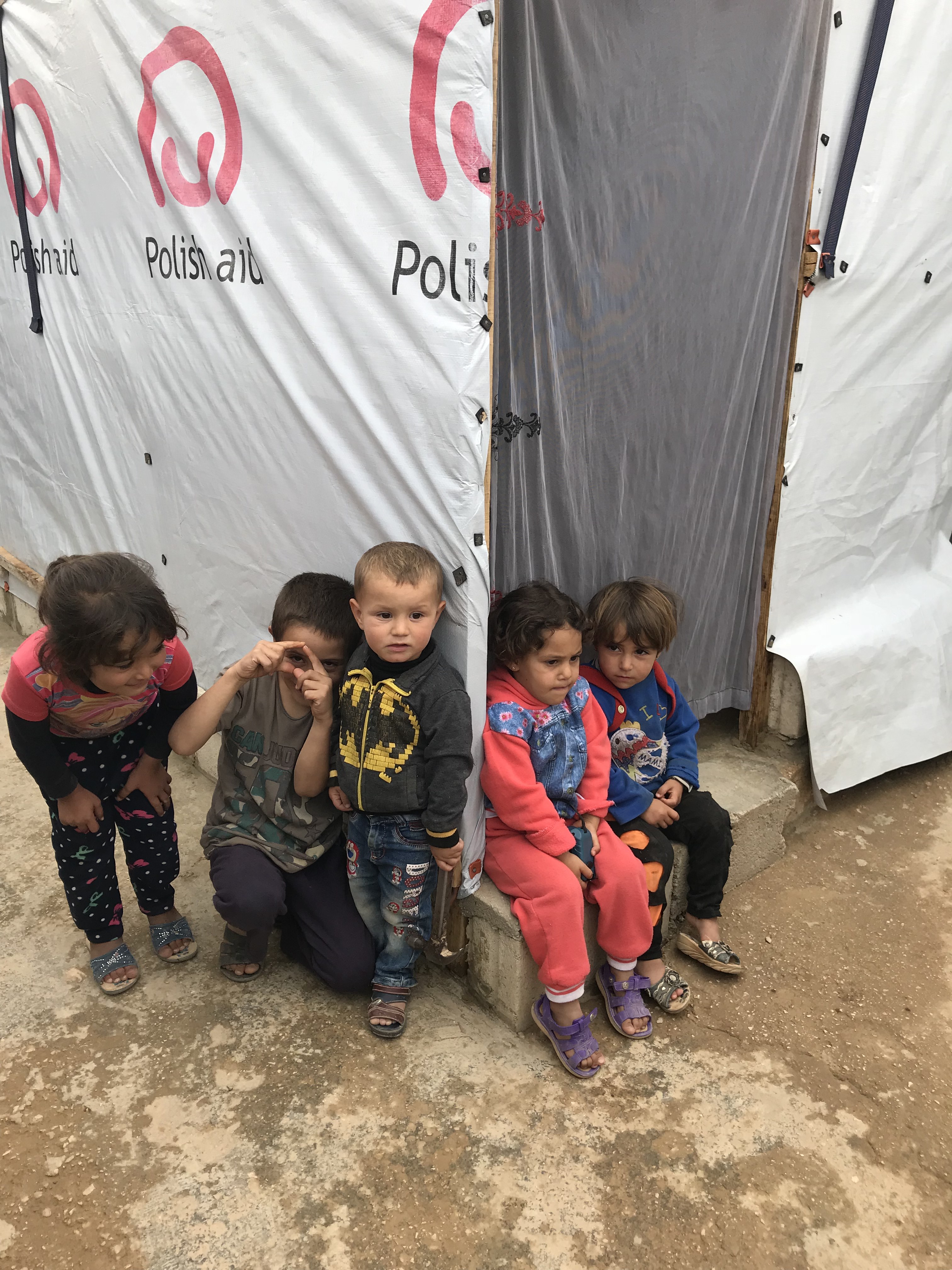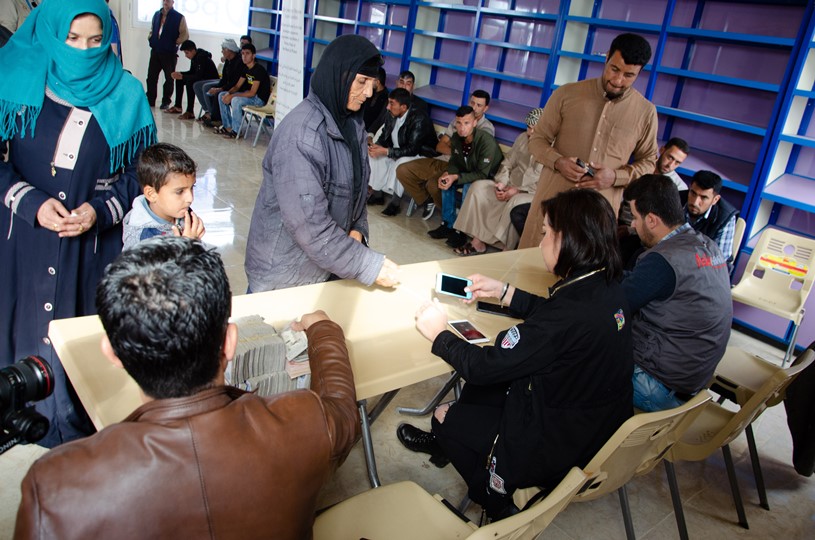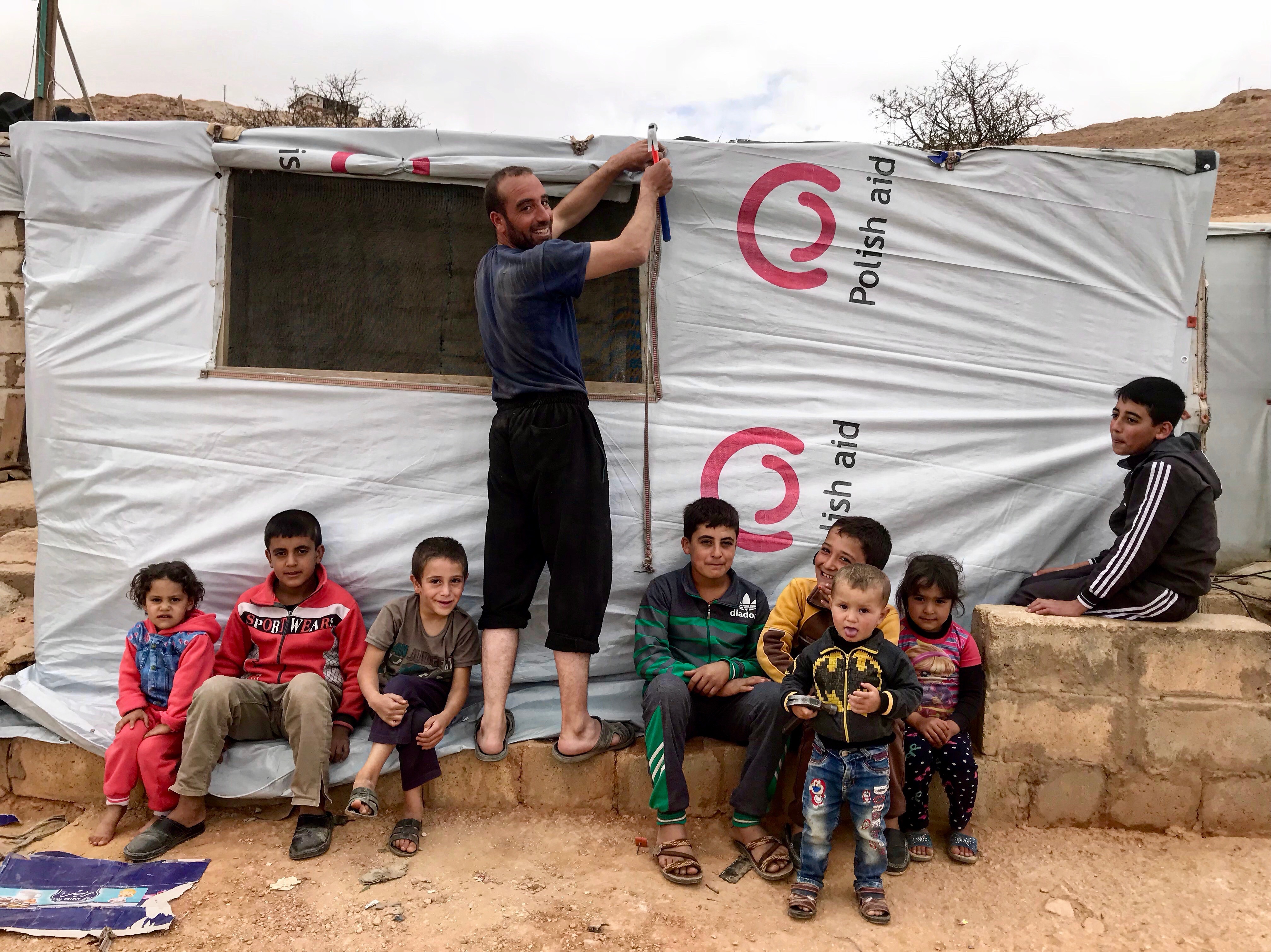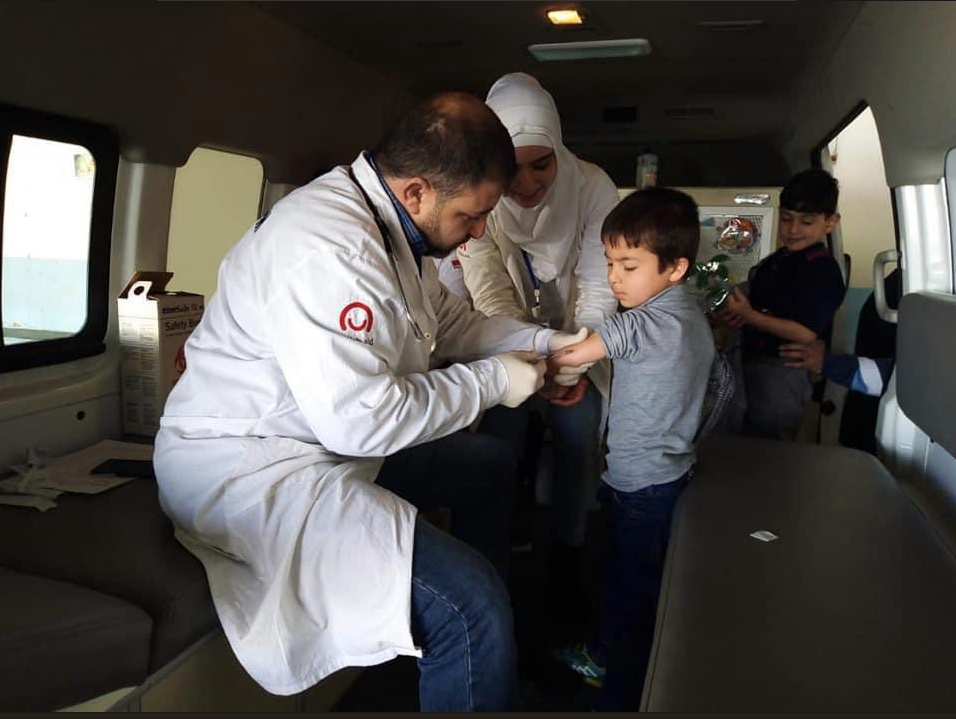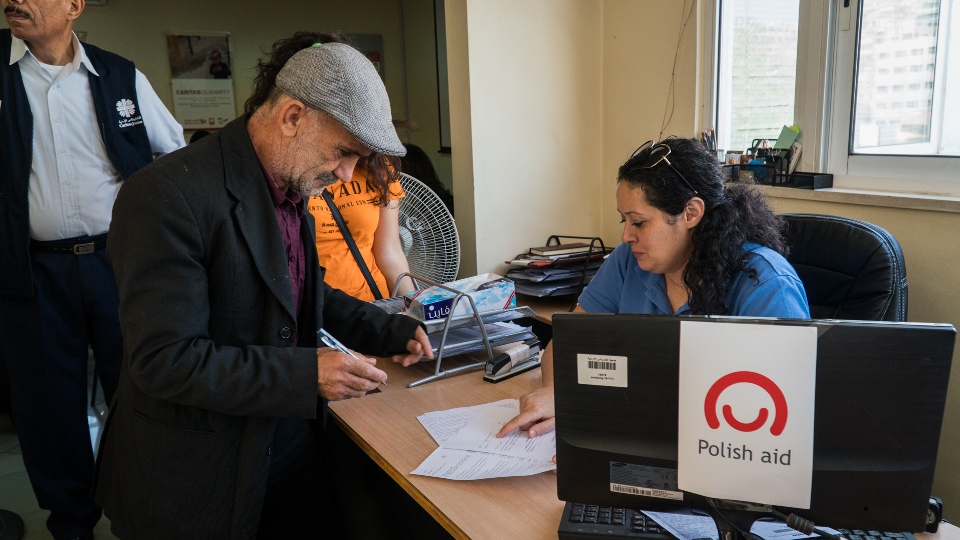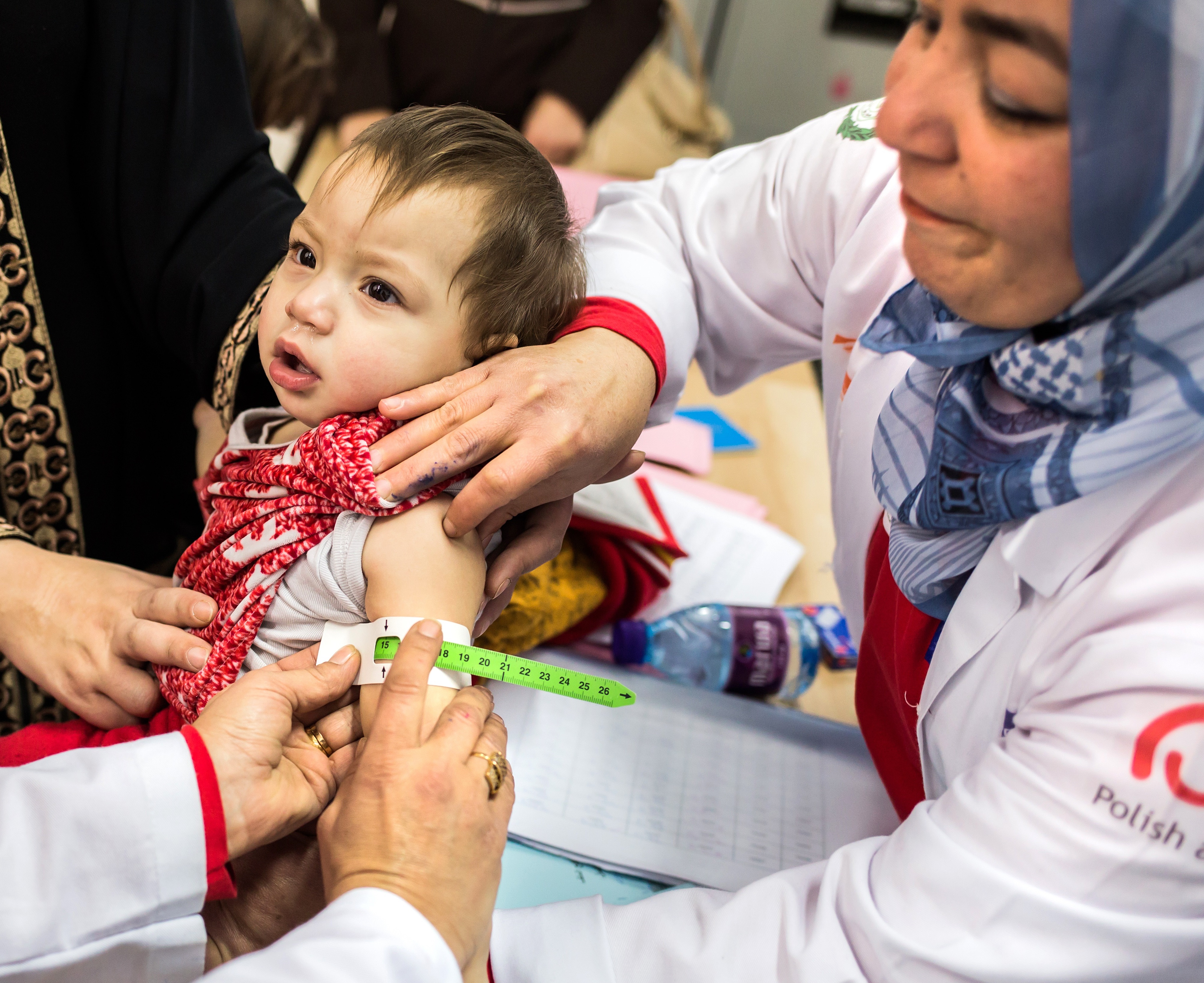20 June - World Refugee Day
20.06.2020

Although Albert Einstein, a physicist, Madeline Albright, the United States Secretary of State, or M.I.A, a singer achieved fame in various fields, they have at least one thing in common – they were all refugees. Like Gloria Estefan, a singer, Marlena Dietrich, an actress, Luol Deng, an NBA basketball player, or Mario Stanic, a footballer.
If Great Britain had not granted asylum to the family of Freddie Mercury (born Farrokh Bulsara) who was fleeing post-revolution destabilised Zanzibar, we would probably never have heard the song “The show must go on” by Queen. Before Madeline Albright, born Marie Jana Korbelová, became one of the most influential women in American politics, she had to flee Czechoslovakia twice – in 1938 from the Nazis, and in 1950 from the communists.
Refugees have always been part of the world history, like wars and disasters. However, relatively recently, they are protected by international law. It was only the tragic experience of the first half of the 20th century that led global leaders to establish rules to protect people who are not safe in their motherland. In December 1950, the newly formed United Nations appointed a High Commissioner for Refugees whose responsibility was to conduct and coordinate actions aimed at protecting refugees and solving their problems all over the world. On 27 July 1951 in Geneva, the Convention Relating to the Status of Refugees (also known as the 1951 Refugee Convention) was signed, later amended by the New York Protocol of 1967.
The document defined a refugee as a person who „owing to a well-founded fear of being persecuted for reasons of race, religion, nationality, membership of a particular social group, or political opinion is outside the country of his nationality and is unable or, owing to such fear, is unwilling to avail himself of the protection of that country” (Article 1.3). The Convention obliges the refugee to „conform to the laws and regulations” of the country he finds himself in (Article 2) and accords to refugees certain treatment (which is, for instance, at least as favourable as that accorded to aliens generally). It also allows certain restrictions on these rights by taking provisional measures which it deems necessary for national security (Article 6).
The fundamental principle of the Geneva Convention is ‘non-refouelment’ of asylum seekers to countries in which they would be in likely danger. A refugee cannot be a person who comes from a country recognised as safe, who has been granted such status in a different country, or has committed crimes listed in the Convention.
Although Poland acceded to the Convention only after the 1991 systemic transition, it has made a tremendous contribution to the history of asylum, both as a country receiving refugees, and one forcing some to leave. For centuries, the Polish-Lithuanian Commonwealth had been a safe haven for Jews, Tatars, and Protestants fleeing persecution and wars. After World War II, Poland hosted Greek communists who could not resign themselves to the failure of the revolution, or Chechens, after they lost the war against Russia.
Poles found protection in other countries after partitions of the 17th century, national uprisings of the 19th century, and when seeking shelter from the two tragic conflicts of the 20th century. During World War II, almost 120,000 Polish soldiers and civilians found refuge in Iran, and several thousand Polish orphans made their way to exotic India. Enjoying the hospitality of „the good maharaja” Jam Sahib Digvijaysinhji, the children continued their education in Polish schools in Balachadi and survived the war. Poles reached the Middle East, England, United States, and even Australia and New Zealand. During the times of the communist era of the Polish People’s Republic, there were subsequent waves of refugees, including persons of Jewish descent following the 1968 anti-Semitic campaign, or members of the democratic opposition after the introduction of martial law in 1981.
Although after the end of the Cold War Poles did not have to escape from their mother country for political or ideological reasons, this does not mean that the refuge issue ceased to exist. On the contrary, the number of people seeking shelter abroad has been growing steadily. Another record was set in 2019 – the number of refugees worldwide was estimated at almost 26 million – the highest since the end of World War II. Among them, the largest groups were: Syrians (6,7 million), Afghans (2,7 million), and citizens of South Sudan (2,3 million). Most of them find shelter in neighbouring countries (e.g. 3,7 million in Turkey, 1,4 million in Pakistan, and 1,2 million in Uganda). Despite the current increase in the number of asylum applications in Europe, rich countries host a minority of persons fleeing persecution or war.
Apart from refugees, there is an even larger group of over 41 million of Internally Displaced Persons who stay inside their own countries. Both groups often live in difficult conditions, crammed in refugee camps and totally dependent on international aid. Half of them are children.
The growing number of persons seeking international assistance has been for many years a topic of heated academic debates, which stirs up social emotions and political disputes. The Geneva Convention seems increasingly outdated and does not fit into the current international reality.
Can a person fleeing the effects of climate change apply for refugee status? Although it does not meet the conditions set out in the Convention, fields that are turning into deserts, or more and more flooded houses pose a threat to life just like wars. A precedent-setting decision of the UN Human Rights Committee in January this year in the case of Teitioia vs. New Zealand provides grounds to recognize ‘climate refugees‘ in the future. However, this issue will give rise to controversy for a long time. The judges decided that New Zealand had the right to refuse asylum to a resident of the Pacific island of Kiribati, since in the current situation, the rising sea level did not pose a direct threat to his life. Nevertheless, the judges ruled that while deciding on deportation, member states should also take into consideration the risk of human rights violation caused by climate change.
Even more problems arise from the blurring borderline between the concepts of ‘refugee’ and ‘migrant’, that is a person who voluntarily lives outside their homeland. In fact, the same person can perform different roles at different stages of their ‘journey’. Is the person who, fleeing war, escaped from their motherland to another country, and then left it because of difficult living conditions, still a refugee, or already a migrant? Is someone who went abroad for work purposes but had to flee the country when a conflict broke out, still a migrant or a refugee? As a result, more and more organisations and experts talk about mixed migrations.
There seem to be more such legal, political and moral dilemmas. How to ensure the state security and special rights to its own citizens? What to do with people who do not meet the requirements for international protection but their countries of origin refuse to take them back? How do you assess persons who abuse the asylum system for economic reasons, taking up places for those who indeed run away from death? On the other hand, are not hunger, poverty, or even lack of prospects for the future as serious as, for instance, religious intolerance?
The 2015 migration and refugee crisis prompted countries to take measures to better regulate international cooperation in assisting refugees. As a result of these efforts, in December 2018 the majority of the world countries adopted the Global Compact on Refugees which can help popularise good practices and common standards for cooperation. However, the decisive factor for persons seeking protection will be the attitude of societies and politicians’ decisions.
When considering your own stance in this matter, it is therefore worth taking into account the achievements and contributions to the heritage of mankind made by those who would have never achieved so much, if in the past a hosting country had not offered them shelter. Maybe Poland and other Central European countries would not have had a friendly Secretary of State of the United States who backed their prompt accession to NATO in 1999. This year’s Covid-19 pandemic made many Western Europeans realise that their health care systems would not have been able to cope with the fight against the disease without the commitment of thousands of migrants and refugees – doctors, nurses, and paramedics. Similarly, millions of other incomers can express gratitude to their new homeland in this way.
Helping refugees is not only an expression of solidarity and moral responsibility. It is also an investment in another human being, as well as in your own economy, culture, and science. It is worth keeping in mind, not only on World Refugee Day.
Author: Patryk Kugiel
The Polish Institute of International Affairs
Source: polskapomoc.gov.pl
